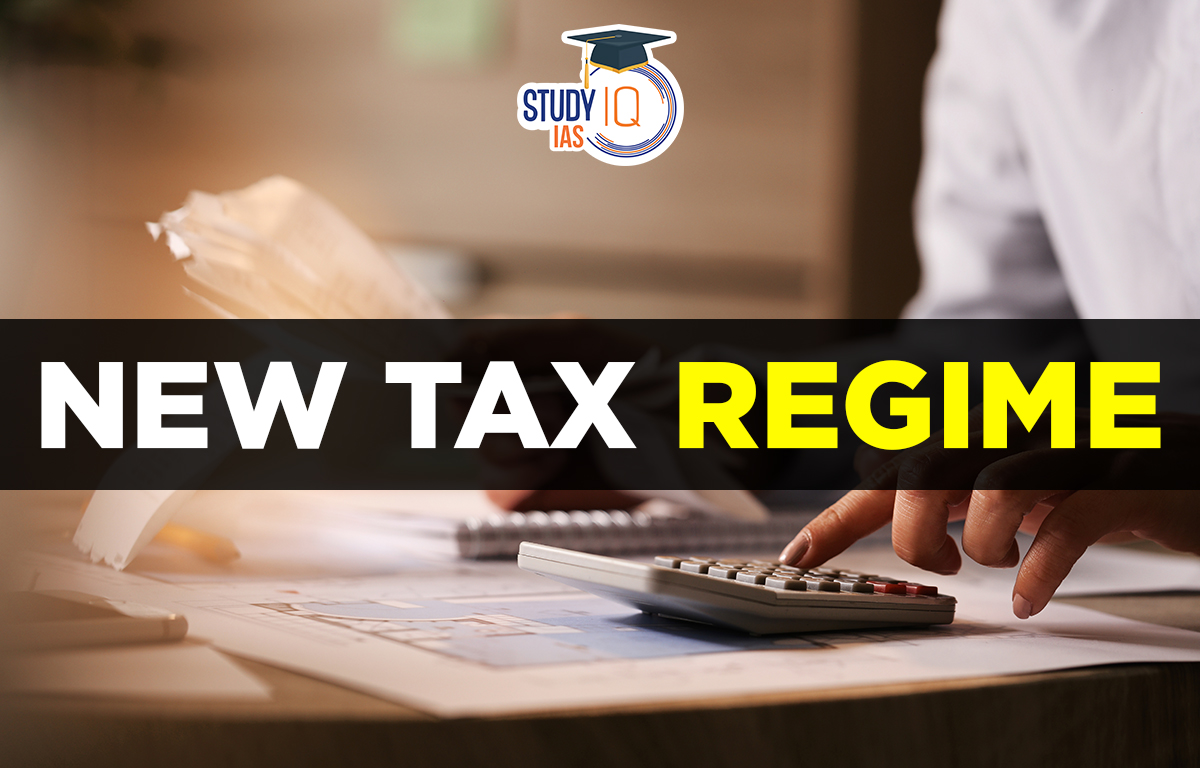Context: Recently, during the Union Budget 2023-24 speech, Finance Minister announced new tax slabs and scrapped the old twin-structure system that was unboxed in 2020.
Major Changes Announced in the New Tax Regime
Tax Rebate Limit Raised to ₹7 lakh from ₹5 lakh
- Meaning: It means that the person whose income is less than ₹7 lakhs need not invest anything to claim exemptions and the entire income would be tax-free irrespective of the quantum of investment made by such an individual.
- Impact: This will result in giving more consumption power to the middle-class income group as they could spend the entire amount of income without bothering too much about investment schemes to take the benefit of exemptions.
Changes in Income Tax slabs
- Number of tax slabs has been reduced to five and the tax exemption limit has been increased to ₹3 lakh.
- The move is aimed at incentivizing people to shift to the new tax regime, which has not seen much traction since launch in FY21.
- Tax assessors will still be able to choose from the prior regime.
For Pensioners
- The finance minister announced extending the benefit of the standard deduction to the new tax regime.
- Each salaried person with an income of ₹15.5 lakh or more will benefit by ₹52,500.
Maximum tax, along with surcharge, will be 39%
- It was proposed to reduce the highest surcharge rate from 37% to 25% in the new tax regime. This would result in the reduction of the maximum tax rate to 39%.
- The highest tax rate in India is 42.74%. This is among the highest in the world.
- Tax rates have been reduced under the new tax regime and the maximum marginal rate drops from 42.74% to 39%.
New Tax Regime as the Default Option
- From FY 2023-24, the new tax regime will be the default option.
- Every fiscal year, an individual or Hindu Undivided Family (HUF) must select between the old and new tax regimes. If they do not have any business income, this is applicable.
- Individual taxpayers and HUFs with business income are eligible to choose the new income tax regime.
- However, once they have opted in, they will only have a once-in-a-lifetime opportunity to return to the old tax structure. They cannot choose the new income tax regime in future fiscal years once they have chosen the old one.


 Bihar BPSC 70th Mains Result 2025 Out: C...
Bihar BPSC 70th Mains Result 2025 Out: C...
 Pax Silica Initiative: Meaning, Objectiv...
Pax Silica Initiative: Meaning, Objectiv...
 Tapanuli Orangutan: Habitat, Characteris...
Tapanuli Orangutan: Habitat, Characteris...

























